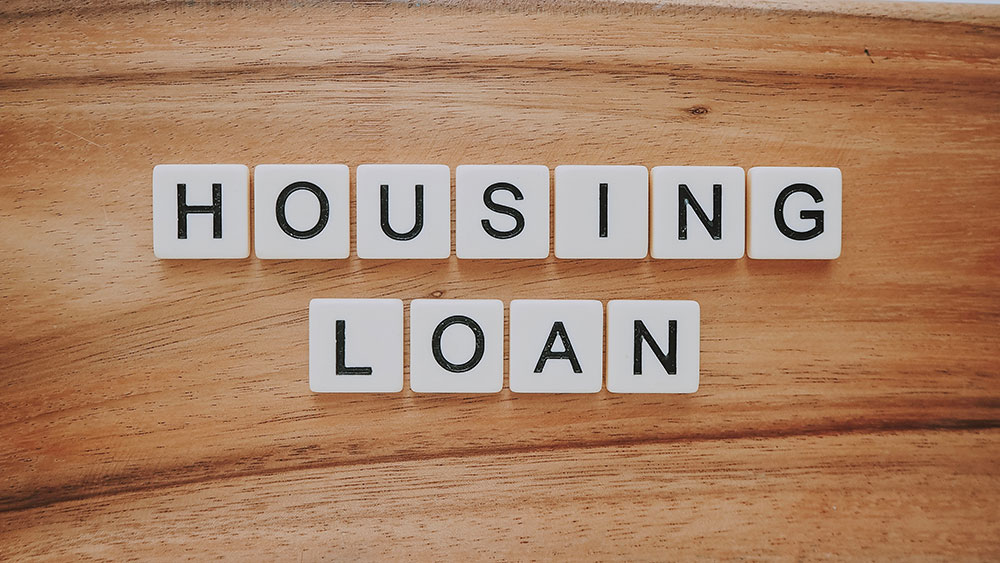Reverse mortgage profits can be dispersed in a range of methods, such as immediate money advance, line of credit, or month-to-month cash advance. Not every option will be available to every debtor, so it is essential to ensure you comprehend your alternatives by speaking with your loan provider and a lawyer or real estate therapist.
That application cost must be designated as such and might not be a percentage of the primary amount of the reverse home mortgage or of holly viloria the amount financed. For a HECM loan, there generally is no separate application charge as that charge is consist of in the origination charge collected at closing.
A Shared Gratitude Home Loan (SAM) takes into consideration the gratitude in value of your house in between the time the loan is signed and completion of the loan term. The lender gets an agreed-to percentage of the appreciated worth of the loan when the loan is terminated. Part 79 uses both to those organizations required to be accredited by the Department as a mortgage banker and those companies exempt from licensing as a mortgage lender under Short article 12-D of New York's Banking Law.
As such, an existing home mortgage will limit the quantity of the net loan profits you will get under a reverse mortgage. When thinking about whether a reverse home mortgage is right for you, it is necessary to go over with a housing counselor whether the net loan profits will be enough to allow you to live in your home.
As the house owner, you will still be accountable for maintaining your residential or commercial property insurance and taxes (what lenders give mortgages after bankruptcy). This may be different than a conventional home loan you have had in the past, for which property insurance and taxes are frequently included in the regular monthly payment and are remitted by your servicer. However, based on the results of a monetary fitness test, you might be required to have a set-aside account (produced and maintained by your lender) consisting of profits from your reverse mortgage that have actually been set aside for payment of your property insurance coverage and taxes.

No. While death of the borrower is the most widely known potential trigger for foreclosure of a reverse home loan, others do exist. Some common occasions that usually would trigger a default and prospective foreclosure pursuant to New York law and guidelines, consist of, however are not restricted to: Failure to pay residential or commercial property taxes Failure to pay residential or commercial property insurance coverage Sale of the residential or commercial property Failure to use the residential or commercial property as your primary home for any 365 day period without notifying the mortgagee of an anticipated date of return and making arrangements satisfactory to mortgagee for the upkeep of the real estate or in excess of 180 nonconsecutive days.
What Does How Many Lendors To Seek Mortgages From Do?
In addition, [3 NYCRR Part 79. 7 requires the lender to supply you with written alert of the occurrence of an occasion that would set off termination of your reverse mortgage. how many mortgages to apply for. Extra details on the foreclosure activates for a HECM loan are available by checking out the site for the Department of Real Estate and Urban Development or its HECM website.
In New york city, in order to get a proprietary reverse home loan (made in accordance with New York Real Estate Law Section 280 or 280-a), the borrower Helpful resources needs to either complete in-person therapy https://writeablog.net/voadillx3v/pmi-and-mip-represent-personal-home-mortgage-insurance-and-home-mortgage or waive such requirement in composing - who took over abn amro mortgages. In order to get a HECM reverse home loan (made in accordance with the HECM program and New York Real Home Law Area 280-b), a debtor may not waive the therapy requirements but he or she may opt to complete the required therapy either face to face or over the telephone.

In some cases a loan provider will include certain repair work and/or upkeep arrangements in the terms of a reverse home mortgage. This is because, for the majority of reverse home mortgages, the loan is protected by the value of the house. As such, a lender is within their rights to need a consumer to make specific repair work as a requirement to acquiring a reverse mortgage.
If a customer hesitates or not able to finish such repairs, a lending institution may organize for such repairs and pay for it with loan earnings. Personal mortgage insurance or PMI is an insurance coverage secured and paid for by a customer for the advantage of the loan provider. Whether the reverse mortgage is made in accordance with the HECM program (and guaranteed by the Federal government) or New York Real Home Area 280 or 280-a (and insured by a personal insurer), it is likely that an extra regular monthly quantity will be included to the balance of your reverse mortgage to cover the cost of the PMI.
A reverse home loan will end up being due upon the death of the last debtor. Your daughter (or other heirs) will be given an opportunity to pay of the balance of the reverse home mortgage. However, if the balance of the loan is not settled, the residential or commercial property will enter into foreclosure and ultimately be auctioned off.
New york city is a "non-recourse" state, which means that even if the profits from the sale of the house do not cover the loan balance, your lending institution can not go after you or your estate for the remaining loan balance. If, on the other hand, there is money left over after the loan is settled, your heirs will be offered an opportunity to declare the surplus.